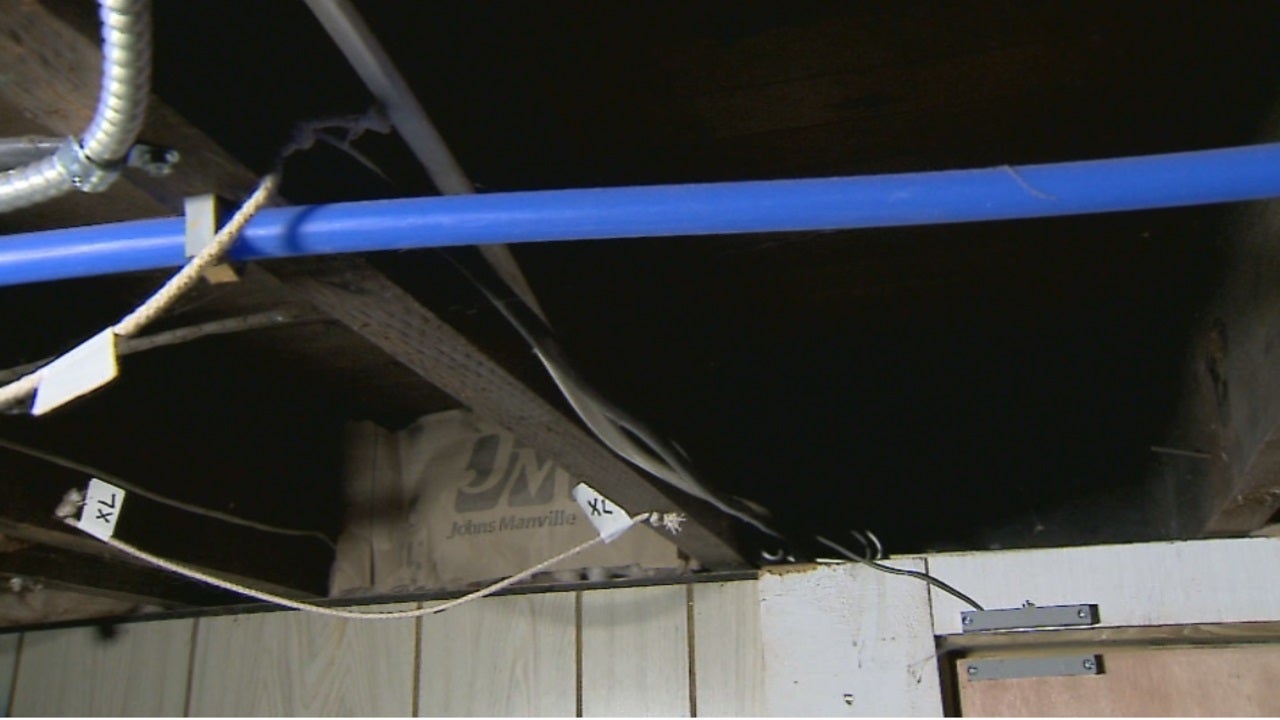‘Winterizing’ pipes before frigid cold could you save you thousands
This story was originally published Jan. 29, 2019
INDIANAPOLIS (WISH) — Indianapolis utility companies urged homeowners to “winterize” their pipes before temperatures across the Midwest dip to pipe-threatening low temperatures.
Burst pipes are among the top causes of property damage during the winter, according to national insurance data, and often result in water damage totaling more than $5,000.
Water expands as it freezes, creating additional pressure inside piping, experts explained.
Plastic and metal pipes can crack or burst in subzero temperatures, regardless of the material’s durability.
Citizens Energy Group, a public utility company in Indianapolis that serves about 800,000 people, issued a checklist of steps to prepare pipes for brutally cold weather.
PREP YOUR PIPES:
- Leave a thin stream of water running when the temperature is below freezing.
- Insulate pipes that may be exposed to cold air.
- Open cabinet doors below sinks to keep warm air circulating around pipes.
- Make sure the lid on your water meter pit is tightly secured.
- If your water meter is in the basement, ensure the area is heated and check for broken windows.
- If you have piping in the garage, ensure the garage doors stay closed.
- Locate your water shut-off valve so you know how to turn water off quickly in case a pipe bursts.
- Shut-off valves can be located in various places in your home, including the garage, basement, utility closet or the main entry for the water line into the house.
Frozen pipes are a common winter woe, plumbers said, even for homeowners who take appropriate preventive measures.
Citizens Energy issued a checklist of steps for thawing frozen pipes at home and minimizing the risk of further damage.
THAW YOUR PIPES:
- Turn off the water at the shut-off valve.
- Open the faucet attached to the frozen pipe to allow water to flow through and relieve pressure buildup.
- Run water through the pipe to help melt any remaining ice.
- Apply gradual heat to the section of frozen pipe. This can be done by wrapping the pipes in towels or using a space heater to warm the area where the pipes are located.
- Apply indirect heat until the water pressure is restored and the water flows through freely. Never apply direct heat to the affected section of the pipe.
- If a pipe is bulging or you can’t pinpoint the affected area, call a licensed plumber.



